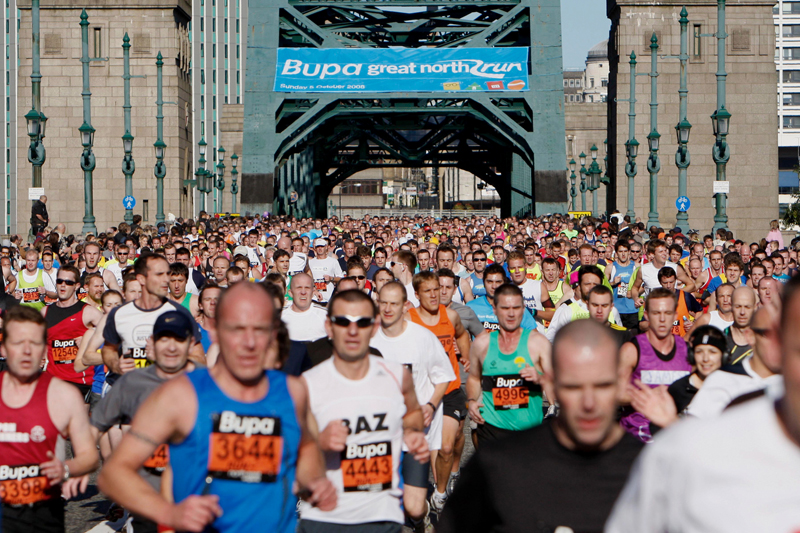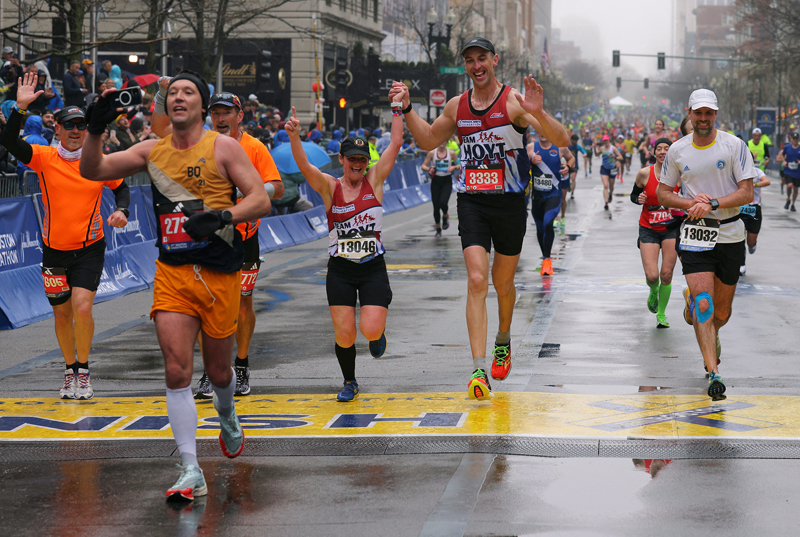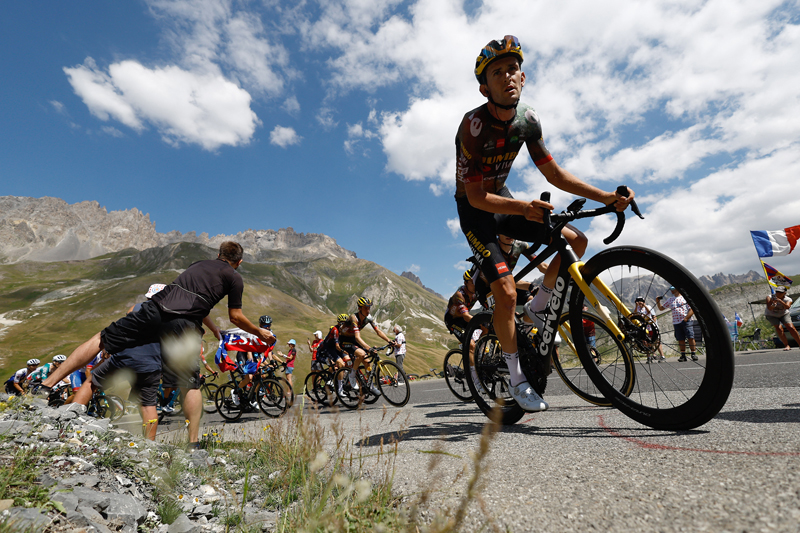Half marathon training: a proven approach for female masters

Although the running boom started with the marathon, it’s actually the half marathon that has become increasingly popular among amateur runners over recent years(1). Indeed, research shows that the number of women and men participating in half marathons increased significantly between 1999 and 2014, and by far more than the growth in full marathon participation, with 123 times more women participating in half marathons than in marathons, 75 times more men registering for half marathons than for marathons and a particularly fast growth in half-marathon running by masters (over 45 year) runners(2).
Half marathon popularity
Why has the growth in half-marathon running outstripped that of full marathon running? A lot of it boils down to practicalities, logistics and the differing physical demands. The fact is that bashing out the high mileages needed to perform well in a marathon can play havoc with work or family obligations, particularly in the case of women with young children(3). Then there are the physical demands of marathon training, which can and often do lead to injury, especially among amateur and recreational runners, and particularly affecting female runners(4). Research also shows that although they often have some prior running experience, many amateur distance runners tend to exceed their upper physical capacity limits (unlike professional athletes) and frequently become overtrained(5). This can lead to poor physiological adaptation or even a deterioration in their physical fitness(6).
Training challenges
Whilst half-marathon training is much more manageable and practical for recreational runners than full marathon training, there are still considerable challenges, particularly when it comes to putting a well balanced training program together. Firstly, most of the half-marathon training plans that have been developed are nearly always adapted from data derived from professional or elite runners(7). For example, many training programs for amateur masters runners tend to focus only on physical performance, with little consideration given to reducing physiological stress. Without this consideration, older runners may be unable to sustain their hobby over a prolonged time period. In addition, data on the key performance-related factors and finish time predictors is hard to come by in amateur/recreational runners(8).
Perhaps unsurprisingly then, while the half marathon as an event for amateurs has become extremely popular, there is no consensus on the best training practices for runners who want to develop their maximum half-marathon potential, while ensuring they can remain healthy and injury free(9). Yes, it’s true that there is a lot of empirical data that runners can use, but very little of it has been derived from scientific studies(10). Also, much of the research that has been carried out has looked at manipulating individual elements of half-marathon training – for example, the effect of adding specific weekly sessions such as intervals, zone training, or of using different recovery and nutrition strategies. There’s actually very little data indeed on overall training program structure, and how it should vary through the year to give the best results.
New research
One of the problems of trying to develop a long-term one-size-fits-all half-marathon training program is that it’s extremely difficult to do precisely because one size does not fit all! However, some brand new research by a team of Romanian scientists provides some great insight into how amateur runners training for a half marathon can successfully develop a long-term (12-month) training program to improve half marathon performance(11). Published in the journal ‘Sports’, this study investigated the effect of a carefully constructed 12-month periodized half-marathon training program on the performance of female amateur masters runners.
What marks this research out was that the women runners were amateur with at least ten years’ of endurance running experience under their belts. And while they were training quite seriously, competing in indoor and outdoor, road and mountain running, they were all amateurs, which meant that were training without coaches and had family commitments and jobs (three physical education teachers, one doctor, one marketing specialist, and one museum curator). They were all also aged 45 or over, thus falling into the masters category.
You need to be logged in to continue reading.
Please register for limited access or take a 30-day risk-free trial of Sports Performance Bulletin to experience the full benefits of a subscription. TAKE A RISK-FREE TRIAL
TAKE A RISK-FREE TRIAL
Newsletter Sign Up
Testimonials
Dr. Alexandra Fandetti-Robin, Back & Body Chiropractic
Elspeth Cowell MSCh DpodM SRCh HCPC reg
William Hunter, Nuffield Health
Newsletter Sign Up
Coaches Testimonials
Dr. Alexandra Fandetti-Robin, Back & Body Chiropractic
Elspeth Cowell MSCh DpodM SRCh HCPC reg
William Hunter, Nuffield Health
Keep up with latest sports science research and apply it to maximize performance
Today you have the chance to join a group of athletes, and sports coaches/trainers who all have something special in common...
They use the latest research to improve performance for themselves and their clients - both athletes and sports teams - with help from global specialists in the fields of sports science, sports medicine and sports psychology.
They do this by reading Sports Performance Bulletin, an easy-to-digest but serious-minded journal dedicated to high performance sports. SPB offers a wealth of information and insight into the latest research, in an easily-accessible and understood format, along with a wealth of practical recommendations.
*includes 3 coaching manuals
Get Inspired
All the latest techniques and approaches
Sports Performance Bulletin helps dedicated endurance athletes improve their performance. Sense-checking the latest sports science research, and sourcing evidence and case studies to support findings, Sports Performance Bulletin turns proven insights into easily digestible practical advice. Supporting athletes, coaches and professionals who wish to ensure their guidance and programmes are kept right up to date and based on credible science.









